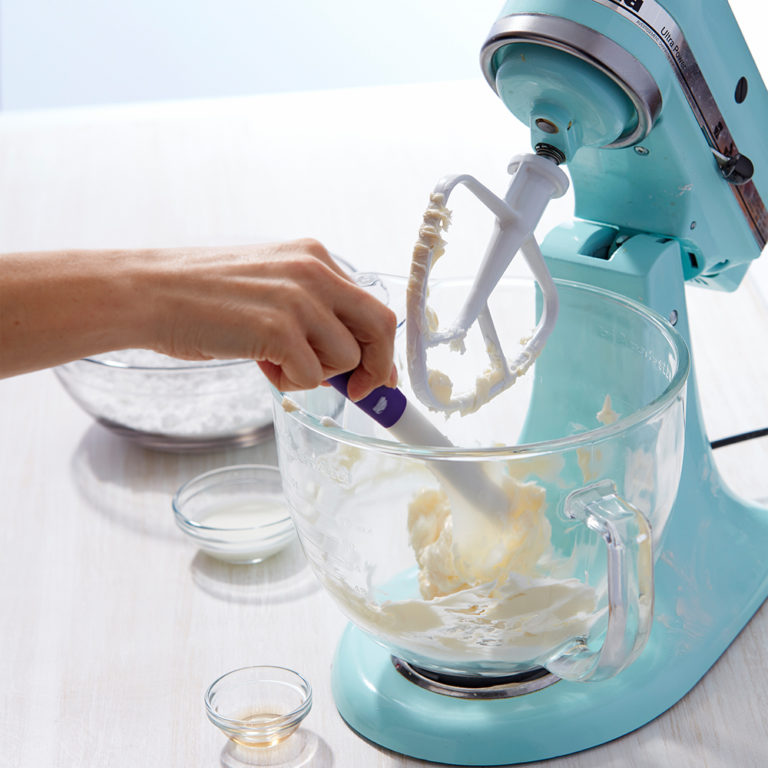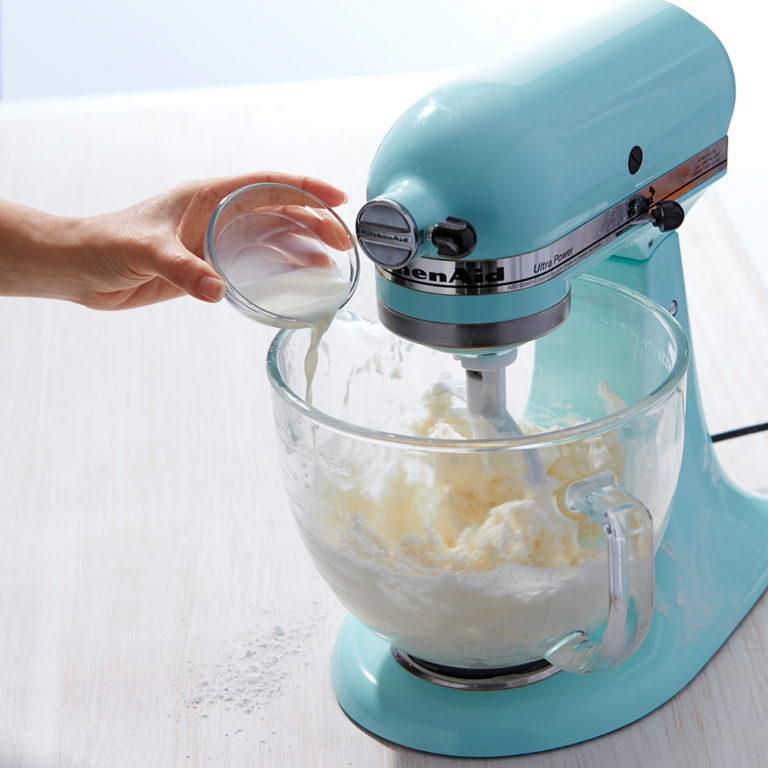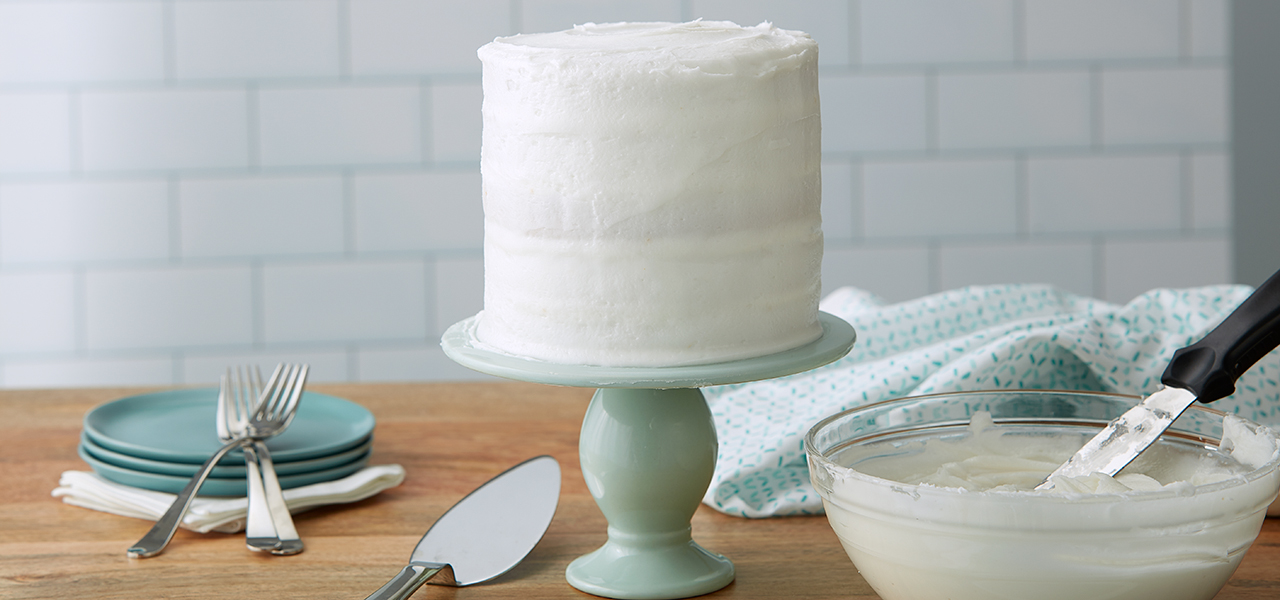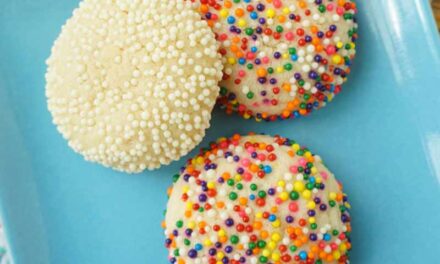Learn how to make buttercream frosting with this easy and delicious recipe. Great for piping, spreading, filling, decorating and more, this homemade buttercream is certainly one of our favorites!
Unlike other buttercreams out there, this recipe allows you to adjust the consistency of your icing. You can make a stiff or medium consistency for piping flowers or boarders, or you can thin the buttercream down to make a silky frosting, perfect for icing a cake. This buttercream also works as a great base for adding different flavors or colors.
A simple recipe for beginners to add to their wheelhouse, this homemade buttercream frosting will have you ditching store-bought stuff and going for the real deal.
Learn how to make buttercream frosting with this easy and delicious recipe. Great for piping, spreading, filling, decorating and more, this homemade buttercream is certainly one of our favorites!
Unlike other buttercreams out there, this recipe allows you to adjust the consistency of your icing. You can make a stiff or medium consistency for piping flowers or boarders, or you can thin the buttercream down to make a silky frosting, perfect for icing a cake. This buttercream also works as a great base for adding different flavors or colors.
A simple recipe for beginners to add to their wheelhouse, this homemade buttercream frosting will have you ditching store-bought stuff and going for the real deal.
Video Transcript
Buttercream Frosting Recipe
This recipe is for stiff-consistency buttercream, which can be used to pipe flowers and borders. If you want to ice your cake or use this buttercream as a filling between cake layers, you’ll need to thin it down. Check out the Buttercream Icing Consistency Guide for details on how to adjust this recipe to suit your needs.
Makes 2 cups
Ingredients:
- 1 teaspoon Wilton Pure Vanilla Extract
- ½ cup solid vegetable shortening
- ½ cup (1 stick) butter or margarine, softened
- 4 cups (1 lb.) sifted confectioners’ sugar
- 2 tablespoons milk or water
- Salt, to taste (optional)
If using table salt, let salt fully dissolve in milk or water for 15 minutes before making buttercream
Tools:
- Electric mixer with paddle attachment (or hand mixer with beaters)
- Large bowl (if using hand mixer)
- Silicone spatula
Instructions:
- In large bowl, beat shortening and butter with electric mixer with a paddle attachment (beaters for hand mixers) on medium speed until light and fluffy.

2. Beat in vanilla.
3. Gradually add confectioners’ sugar, one cup at a time. Start the mixer on low speed to avoid puffs of sugar. Gradually increase to medium speed until sugar is incorporated.
4. Scrape sides and bottom of bowl periodically with spatula to ensure that all ingredients are incorporated. When all sugar has been mixed in, icing will appear dry.

5. While mixer is running, gradually add half the milk or water (with the dissolved salt, if using). Beat at medium speed until light and fluffy.

6. If icing appears dry, add more liquid to achieve desired consistency*.
Hints:
If you have leftover buttercream in the bowl, keep the bowl covered with plastic wrap until you’re ready to use it.
Leftover buttercream can be stored in an airtight container in the refrigerator for up to two weeks. Buttercream can also be frozen for up to six months. Before reusing, bring buttercream back to room temperature and rewhip using a paddle attachment until it’s back to the correct consistency.
If using a hand mixer, beat shortening, butter (if used) and liquids first, then add sugar, as above. Make one batch at a time to prevent hand mixer from burning out.
*Depending on the humidity and climate, it may be necessary to adjust the liquid and the sugar in your icing. If icing looks dry, add small amounts of liquid (¼ to ½ teaspoon at a time). If icing is too wet, add 1 tablespoon of sugar at a time. The key for both adjustments is adding small amounts until you achieve the right consistency.






